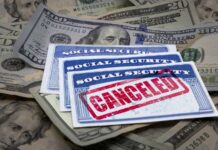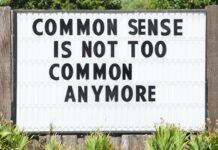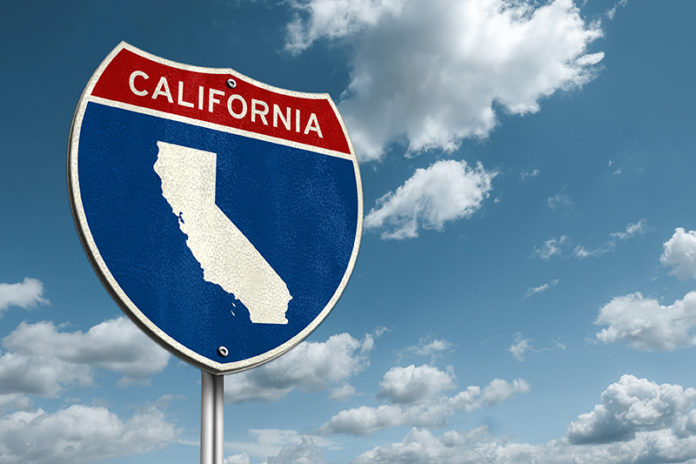Having won a smashing victory in his recall battle, California Gov. Gavin Newsom can bask in his rout of the Republicans who dreamed of unseating him. But he may also remember W.C. Fields’ joke about a contest whose first prize was a week in Philadelphia. Second prize? Two weeks.
Newsom raised some $83 million for this referendum — taking liberal advantage of state rules on contributions for a recall campaign and spending with abandon. By comparison, he raised $50 million in his multiyear campaign for governor and saw no need to spend $15 million of that.
For his latest outlays, he will have the privilege of enduring the next 16 months presiding over a state whose problems loom larger than the Sierra Nevada. Increasingly, the Golden State appears to be composed of pyrite — better known as fool’s gold.
Some of its immense challenges are not the fault of those currently in office.
Always prone to drought, California is suffering through the third-driest year since record-keeping began more than a century ago. In 88% of its land area, the drought is classified as “extreme.”
This summer has been the hottest ever, featuring a July heat wave that pushed the temperature in Death Valley to 130 degrees Fahrenheit — the highest reading ever recorded on this planet. Last year was the state’s worst ever for wildfires, torching 4.2 million acres, and 2021 is keeping pace with it.
Nature plays a big role in all this, though it has gotten a generous assist from carbon emissions. If things weren’t bad enough, climate change is guaranteed to fuel drought, heat and forest combustion.
But other crises are entirely the product of human decisions. Housing prices have soared, largely because of governmental regulations that prevent new construction.
In San Francisco, the typical home now sells for $1.26 million, making it the priciest real estate market in America. In Los Angeles County, the typical single-family house goes for $820,000 — up from $377,000 a decade ago.
Some residents spare themselves these high housing prices by going without shelter. The state now has enough homeless people (161,000) to make up a good-sized city, and many urban sidewalks feature obstacle courses of human feces.
It was not always thus. “In the 1970s, there was an adequate supply of affordable units for every low-income household that needed one — and we really didn’t have homelessness,” Nan Roman, president of the National Alliance to End Homelessness, told NPR.
Bill Whalen, a research fellow at the right-of-center Hoover Institution at Stanford University, told me, “The biggest challenge for California involves the quality of life — the ability to live a middle-class existence.” Californians pay 80% more for electricity than the average American. Newcomers, Whalen says, are often shocked to see gasoline prices that exceed $4 per gallon — and even $5.
Many Californians have decided that spending $80 to fill up the gas tank is worth it to make the drive to Arizona or Idaho — and not come back. The number of people migrating to other states over the past decade was 1.2 million more than the number arriving from other states.
Texas alone can claim 700,000 of these transplants. In 2018, Greg Abbott ran successfully for governor with the slogan, “Don’t California My Texas,” which may have appealed to newcomers as well as natives.
The Sacramento government cannot be accused of being tight-fisted with money. In 2011, Democratic Gov. Jerry Brown signed a budget of $129 billion. The budget Newsom signed this year totaled $262 billion — some $100 billion more than it would have been had the budget merely grown at the rate of inflation. Yet the state has one of the highest poverty rates in the country.
California still offers a dazzling mix of urban vitality, creative energy, natural splendor and mild year-round weather. There is no place like it. But the people governing it — predominantly Democrats — have overseen a steady deterioration of life that hasn’t weakened their hold on power.
That’s partly because Republicans have responded not by broadening their appeal but retreating to the fringe. Newsom may owe his triumph less to his management of the COVID-19 pandemic, which most of his constituents support, than to Larry Elder, the Trumpian talk-show host who hoped to replace him.
Californians apparently didn’t think Elder could solve their problems. The question is: Can Newsom? Can anyone?






























